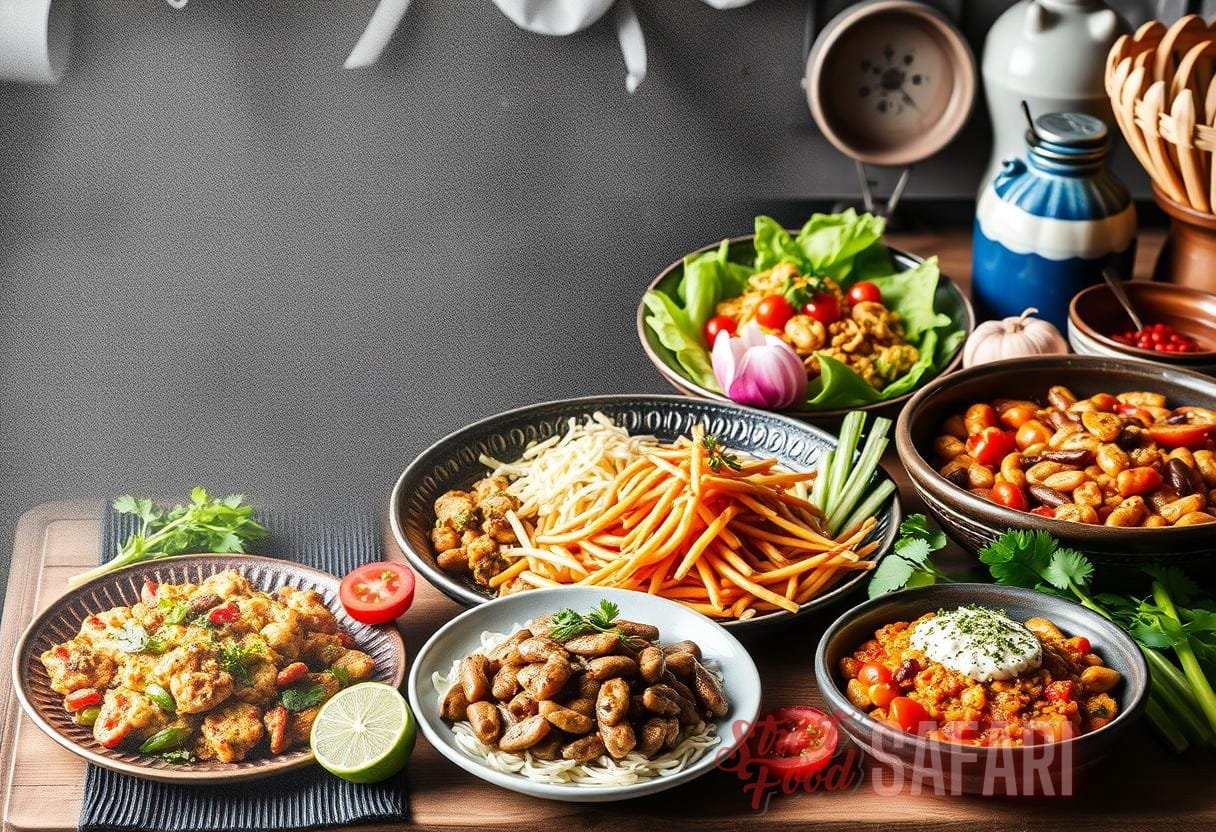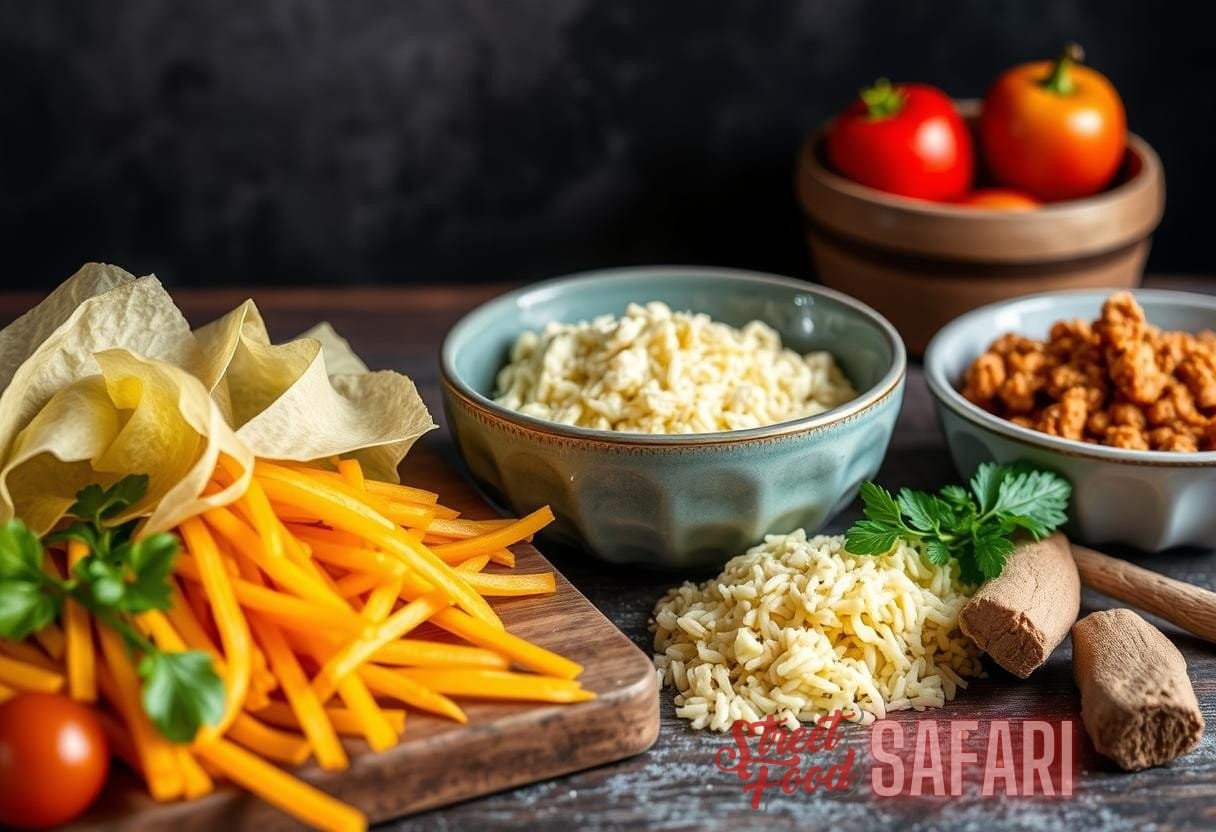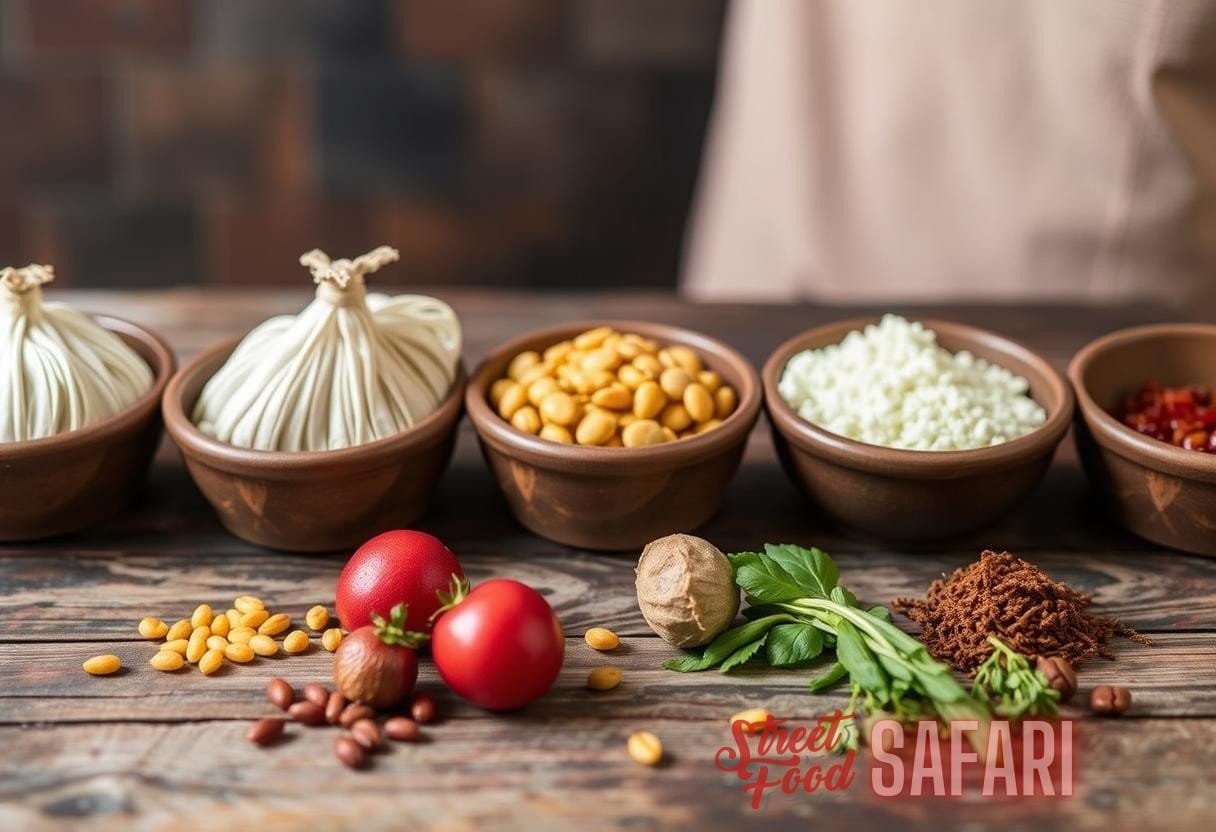Flavors Through Time: A Scientific Exploration of the Evolution and Preservation of Regional Culinary Heritage
The concept of culinary heritage evolution relates to how food practices, ingredients, and recipes transform over time due to various factors including geography, culture, economy, and technology. This exploration dives deep into the rich tapestry of regional culinary traditions, illustrating how they adapt yet retain their fundamental characteristics. Throughout
The Importance of Culinary Heritage
Understanding culinary heritage is crucial for several reasons:
- Cultural Identity: Food often serves as a reflection of one’s cultural identity, embodying traditions passed down through generations.
- Historical Significance: Culinary practices provide insights into the history of a region, revealing aspects about its past economic practices, migrations, and societal changes.
- Ecological Knowledge: Traditional cooking methods often occur in tandem with sustainable practices, providing lessons in biodiversity and local ecosystems.
- Tourism and Economy: Culinary heritage can attract tourists, linking local gastronomy with community economic development.
Factors Influencing Culinary Heritage Evolution
Multiple factors contribute to the culinary heritage evolution observed in different regions around the world. Understanding these factors can lead to a deeper appreciation of local delicacies:
1. Geography and Climate
Geographical features such as mountains, rivers, and proximity to the ocean largely determine the types of ingredients available. For instance, Mediterranean regions benefit from a climate conducive to growing olives and grapes, leading to an emphasis on olive oil and wine in their cuisine. Conversely, colder climates may focus on preserved foods such as pickled vegetables and cured meats. Historical examples include:
- In Italy, the coastal regions harvest seafood and emphasize pasta dishes, while inland areas utilize meats and cheeses.
- Scandinavian countries rely on preserved food techniques due to long winters, influencing their culinary practices.
2. Cultural Interactions and Exchange
Culinary systems are not stagnant; they evolve through interactions with other cultures. Trade, colonization, and migration have led to a fusion of flavors and techniques:
- The Columbian Exchange dramatically altered diets on both sides of the Atlantic, incorporating ingredients like tomatoes and potatoes into European cuisines.
- In India, the spice trade influenced local cooking, leading to the complexity of flavors seen in dishes today.
3. Socioeconomic Changes
Economic conditions play a pivotal role in shaping culinary traditions:
- During economic downturns, communities may revert to traditional, frugal recipes that utilize local resources.
- In contrast, globalization has led to the rise of fusion cuisines as chefs combine traditional elements with modern techniques.
The Role of Preservation in Culinary Heritage
Preserving culinary heritage is vital to ensure that future generations can enjoy and learn from traditional practices. Some measures used to maintain this heritage include:
Documentation
Efforts to document regional recipes, cooking methods, and food stories help safeguard local culinary heritages. Organizations like the Slow Food Movement work to catalog dishes that are in danger of being lost, making it accessible to future chefs and home cooks. Bibliographic resources and community cookbooks have also become important in this effort.
Educational Programs
Schools and community centers can support culinary heritage preservation through education. Offering hands-on cooking classes, food history courses, and farm-to-table initiatives encourages younger generations to appreciate their local traditions.
Digital Archiving
Utilizing technology to create databases of regional recipes and cooking techniques opens up new avenues for preservation. Websites dedicated to culinary heritage evolution can help connect global audiences with traditional food practices and marginalized communities, offering visibility and respect for their heritage.
Case Studies in Culinary Heritage Preservation

Several regions around the world exhibit successful models for preserving and promoting their culinary heritage:
1. The Basque Country, Spain
The Basque Country has invested significantly in preserving its culinary heritage through initiatives such as:
- Establishing culinary schools that focus on traditional Basque cuisine.
- Organizing annual gourmet festivals showcasing local dishes and ingredients.
- Encouraging the participation of local farmers and artisans in maintaining traditional food systems.
2. Oaxaca, Mexico
Known as the birthplace of mole, Oaxaca takes a proactive approach to preserving culinary knowledge in the region through:
- Community workshops promoting traditional cooking methods.
- Support for local markets that feature indigenous ingredients.
- Curriculums in schools showcasing local food history and preparation.
3. Italy’s Slow Food Movement
Founded in Italy, the Slow Food Movement has made significant strides in preserving national and regional culinary heritages by advocating for:
- Food sovereignty and the right to access healthy, culturally appropriate food.
- Supporting biological diversity within food production to maintain heritage ingredients.
- Using local gastronomic traditions to foster sustainable agricultural practices.
The Impact of Globalization on Culinary Heritage
Globalization poses both challenges and opportunities for culinary heritage. While it can lead to the commodification of local cuisines, it can also promote awareness and appreciation of traditional practices. Some impacts include:
1. Standardization of Flavors
Global chains often prioritize homogenization, leading to standardized menus that overlook local delicacies. For example, the proliferation of fast-food outlets globally may overshadow traditional food practices.
2. Fusion Cuisine
Culinary creativity flourishes through the blending of disparate cultural traditions, leading to new culinary innovations. Fusion cuisines can bridge gaps between cultures, though they may dilute traditional practices:
- Sushi burritos and Korean tacos are popular exemplars of fusion cuisine that have become mainstream.
3. Culinary Tourism
As culinary tourism grows, regions have an opportunity to showcase their culinary heritage, which can aid in preservation efforts. However, it can also lead to commercialization:
- Regions like Tuscany draw tourists with cooking classes based on traditional recipes.
- However, over-tourism can threaten the authenticity of local experiences, requiring careful management.
Conclusion: A Collective Responsibility
The preservation of culinary heritage evolution demands collective responsibility from individuals, communities, and larger institutions. By recognizing the importance of local practices and advocating for their integration into contemporary life, society can secure the future of regional cuisines. Embracing the past while innovating responsibly ensures that culinary diversity endures.


